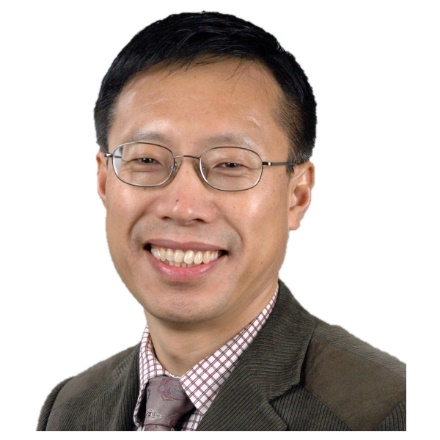Yunzhi Wang
Department of Materials Science and Engineering, The Ohio State University, Columbus, Ohio, USA
EXTENDED ABSTRACT: Shear deformations carried by dislocations, mechanical twinning and martensitic transformations in crystalline solids and by shear banding in metallic glasses share key common features including autocatalysis by long-range elastic interactions and strain avalanche. In order to achieve desired stress-strain behaviors for a given application, alloy composition and microstructure need to be tailored judiciously to have precisely controlled strain release during both superelastic and plastic deformations. This presentation provides an overview of recent design strategies aimed at regulating strain release during shear deformation by creating compositionally and structurally modulated alloys. Through a combination of theoretical modeling, high-throughput computation, and experimental testing and characterization, fully integrated into an iterative feedback loop and mutually reinforcing each other, we first show that nano- and micro-meter scale concentration modulations created by different means are highly effective in converting strongly first-order, sharp martensitic transformations into apparently continuous ones, offering linear superelasticity with nearly zero hysteresis, ultralow modulus, and Invar and Elinvar anomalies. Secondly, we highlight how fine-scale phase stability modulations accompanying the concentration modulations lead to microstructure modulations by activating diverse phase transformation mechanisms, offering synergistic combinations of strength and ductility and prolonged TRIP effect. Furthermore, we illustrate that twin boundaries and stacking faults created during deformation can host embryos of new phases, either activating new deformation mechanisms or suppressing continued deformation. Leveraging these features in alloy design enables the attainment of remarkable functional and mechanical properties. Lastly, we demonstrate the application of high-throughput calculation in engineering novel microstructures for multi-phase high-entropy alloys (HEAs). Thus, this presentation showcases innovative strategies for the accelerated design of compositionally and structurally modulated materials, aimed at harnessing unprecedented benefits.
Keywords:graded materials; microstructure engineering, shear deformation; autocatalysis; superelasticity

Prof. Wang’s research interests span the areas of modeling and simulation of microstructure evolution during phase transformation and deformation in structural materials, SMAs and metallic glasses. Dr Wang received his Ph.D. (1995) in Materials Science from Rutgers University. He has published over 300 refereed journal articles (with over 120 in Acta Materialia). His major awards include NSF CAREER Award, Harrison Faculty Award for Excellence in Engineering Education from Ohio State University, Fraunhofer Bessel Research Award from Alexander von Humboldt Foundation of Germany, Distinguished Scientist/Engineer Award, Cyril Stanley Smith Award, William Hume-Rothery Award, and Fellow Award from TMS.